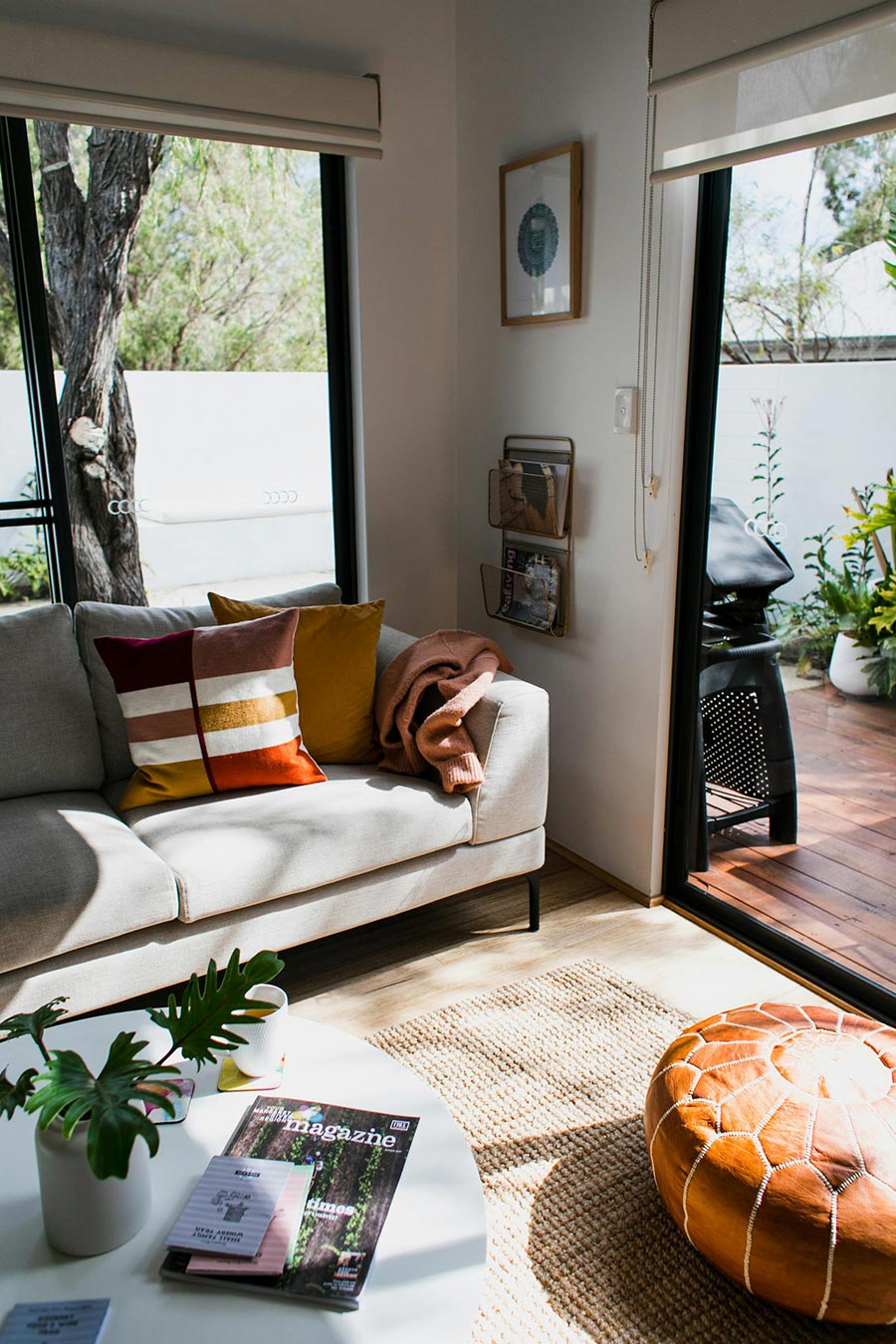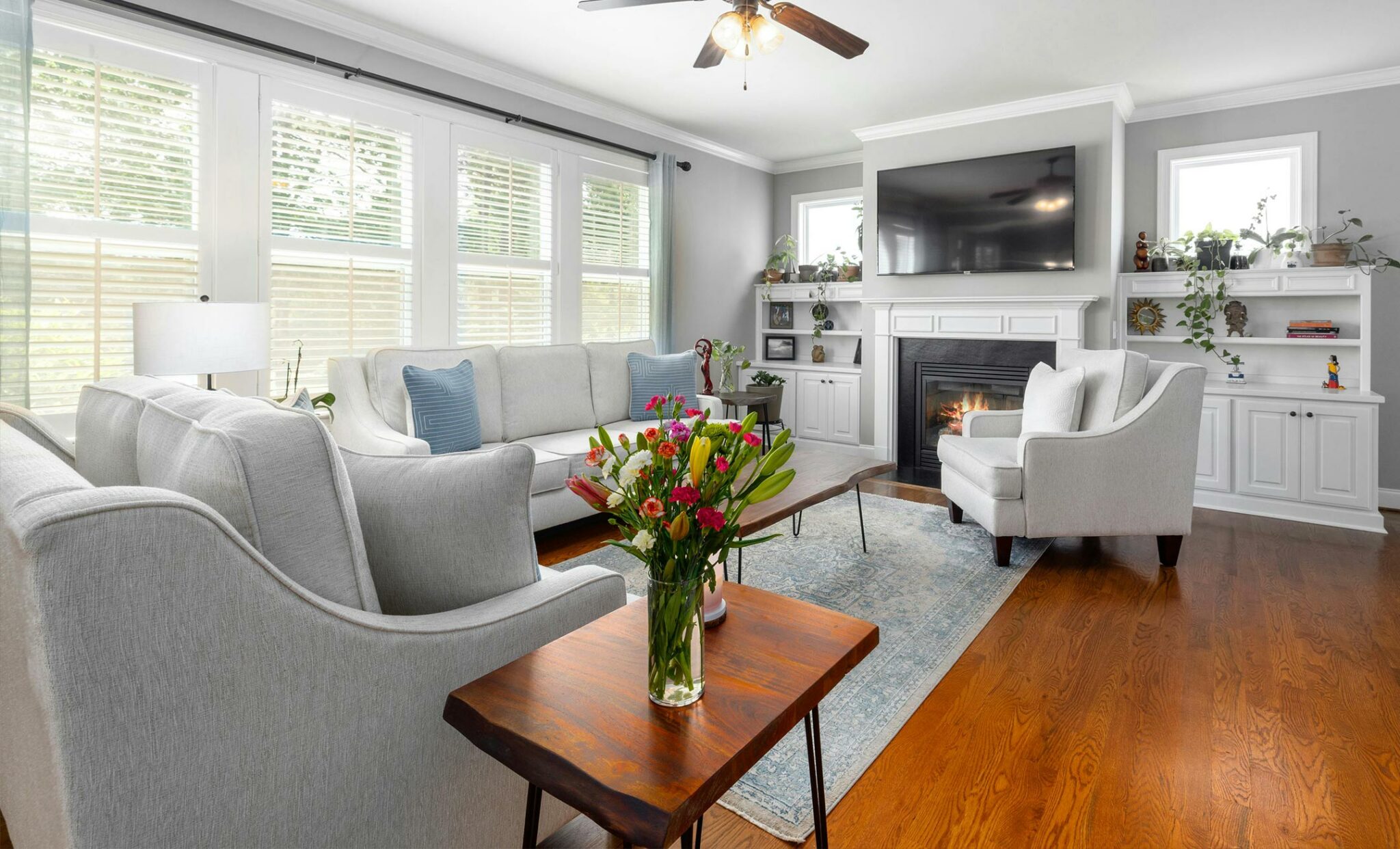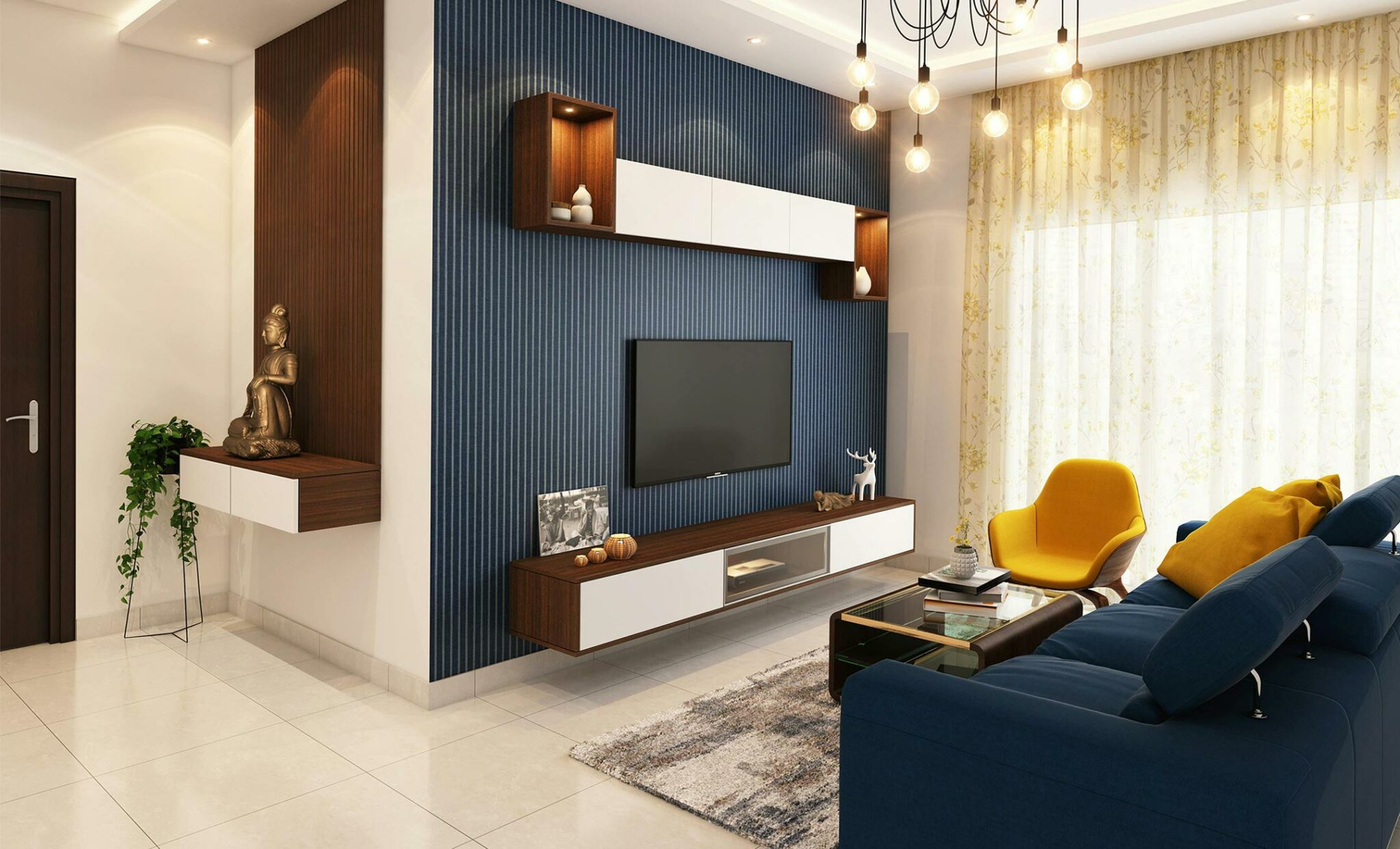Introduction
Creating a functional living room layout is more than just arranging furniture; it’s about crafting a space that reflects your style while maximizing comfort and usability. For homeowners and interior design enthusiasts alike, the living room often serves as the heart of the home—a place for relaxation, entertainment, and connection. The way furniture is arranged can significantly influence the room’s aesthetics and functionality, setting the tone for the entire house. In this guide, we’ll explore essential tips and tricks to help you arrange your living room furniture in a way that is both appealing and practical, transforming your living space into an inviting and harmonious haven.
Understanding Your Space
Before diving into furniture selection and arrangement, it’s crucial to understand your living room’s layout. Start by assessing the size and shape of your room. Is it long and narrow, or more of a square? These dimensions will guide your furniture choices and placement. Also, consider the natural light sources, as they can influence the ambiance. Identify the room’s focal points, such as a fireplace or a large window, which can serve as anchors for your furniture arrangement. Remember, understanding the physical attributes of your space is the first step towards creating a harmonious living room layout.
Furniture Selection: Balancing Size and Style
Choosing the right furniture is a balance between size and style. Oversized sofas in a small room can make the space feel cramped, while too-small pieces in a large room can seem lost. When it comes to style, think about how your furniture complements the overall aesthetic of your home. Don’t be afraid to mix and match different styles, but ensure they contribute to a cohesive look. Functionality is key—select furniture that supports your daily life, whether it’s a comfy sofa for family movie nights or elegant chairs for hosting guests.
Effective Furniture Arrangement Strategies
Arranging your furniture effectively can transform your living room. Start with the largest piece, typically the sofa, and place it facing the focal point. If you have a TV or fireplace, use it as a central element to orient your furniture around. Chairs and smaller sofas should encourage conversation, forming a U-shape or L-shape around a coffee table. Be mindful of the traffic flow in the room; you should be able to move easily around furniture without obstruction. Lastly, consider the balance and proportion of the room, ensuring that furniture and space are distributed evenly for a harmonious look.
Accessorizing and Final Touches
Accessories are the finishing touches that make a room feel complete. Area rugs can define seating areas and add warmth and texture. Lighting, whether it’s floor lamps, table lamps, or overhead fixtures, should complement the furniture and enhance the room’s mood. Decorative items like throw pillows, artwork, and plants bring personality and color. When accessorizing, consider the scale and placement of each item in relation to your furniture, ensuring they enhance rather than clutter the space. It’s these small details that tie the room together and reflect your unique style.
Conclusion
Creating a functional and aesthetically pleasing living room layout is a rewarding endeavor. By understanding your space, selecting the right furniture, arranging it effectively, and adding personal touches, you can transform your living room into a comfortable and stylish area. Remember, there’s no one-size-fits-all solution; the best layout is one that suits your lifestyle and preferences. Experiment with different arrangements and accessories until you find the perfect balance for your home.



